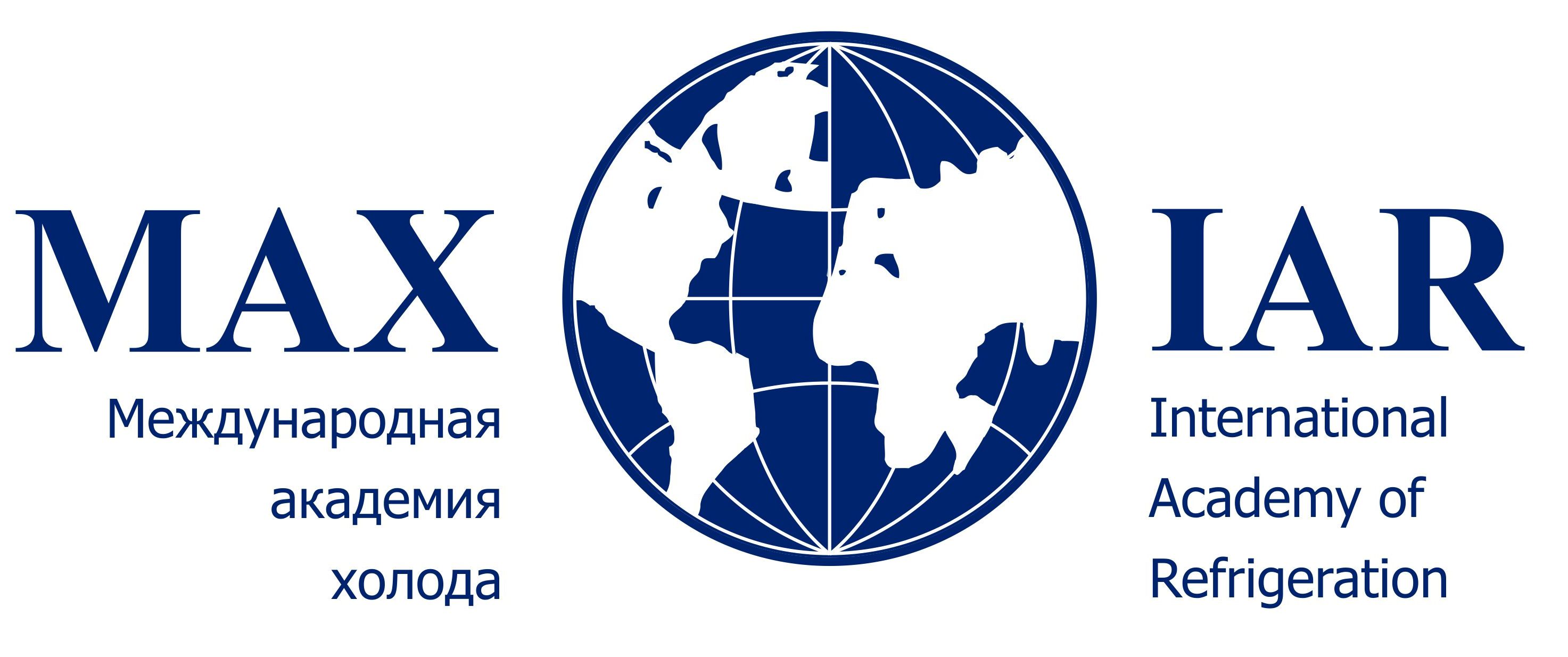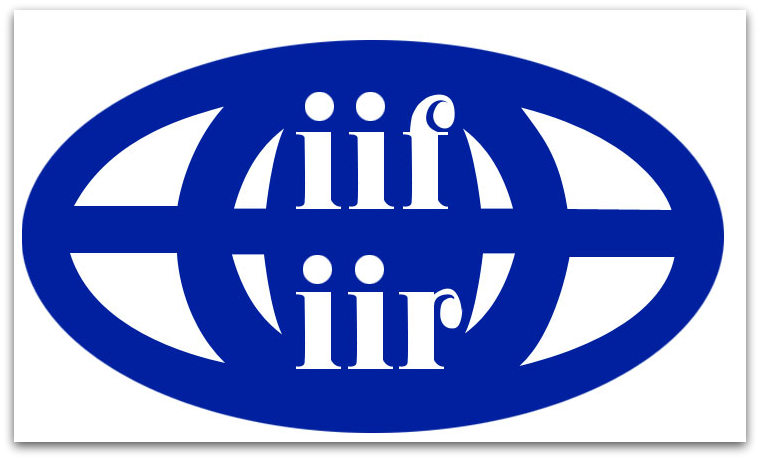The selection of a filter for cleanrooms
DOI: 10.17586/1606-4313-2019-18-1-11-16
UDC 628.84
Tsygankov A.V., Lysyov V.I. , Dolgovskaya O.V., Hildayati A.
Keywords: cleanroom, filtration, equivalent channel, dispersive composition of dust, laminar flow, optimization task, intake and recirculation air.
UDC 628.84
The selection of a filter for cleanrooms
For citation: Tsygankov A.V., Lysev V.I., Dolgovskaia O.V., Hildayati A. The selection of a filter for cleanrooms. Vestnik Mezhdunarodnoi akademii kholoda. 2019. No 1. p.
Abstract
General chart of filtration is analyzed and an optimization task of filter design for cleanrooms is formulated. An analysis of dust particles retention process is presented. A filter model of consisted of numerous cylindrical elliptical channels in which dust-loaded air is moved is proposed. Geometrical dimensions of the channels are defined from a linear programming task which is to minimize the divergence between the simulation results and the standardized results of field tests for the filters. As an objective function for the task of optimization weighted additive criterion is taken, which is a convolution of technico-economical parameters set by design specification for a ventilation system. Vector of varying parameters is represented by complex of air filters with known technico-economical parameters. Internal constrains for acceptable solution are physical data, the number of filtration stages, the number of filtration flows, acoustic requirements etc. External constraints are the parameters of intake and recirculation air (temperature, humidity), dispersive composition of dust and its physicochemical characteristics.
Abstract
General chart of filtration is analyzed and an optimization task of filter design for cleanrooms is formulated. An analysis of dust particles retention process is presented. A filter model of consisted of numerous cylindrical elliptical channels in which dust-loaded air is moved is proposed. Geometrical dimensions of the channels are defined from a linear programming task which is to minimize the divergence between the simulation results and the standardized results of field tests for the filters. As an objective function for the task of optimization weighted additive criterion is taken, which is a convolution of technico-economical parameters set by design specification for a ventilation system. Vector of varying parameters is represented by complex of air filters with known technico-economical parameters. Internal constrains for acceptable solution are physical data, the number of filtration stages, the number of filtration flows, acoustic requirements etc. External constraints are the parameters of intake and recirculation air (temperature, humidity), dispersive composition of dust and its physicochemical characteristics.
Keywords: cleanroom, filtration, equivalent channel, dispersive composition of dust, laminar flow, optimization task, intake and recirculation air.












